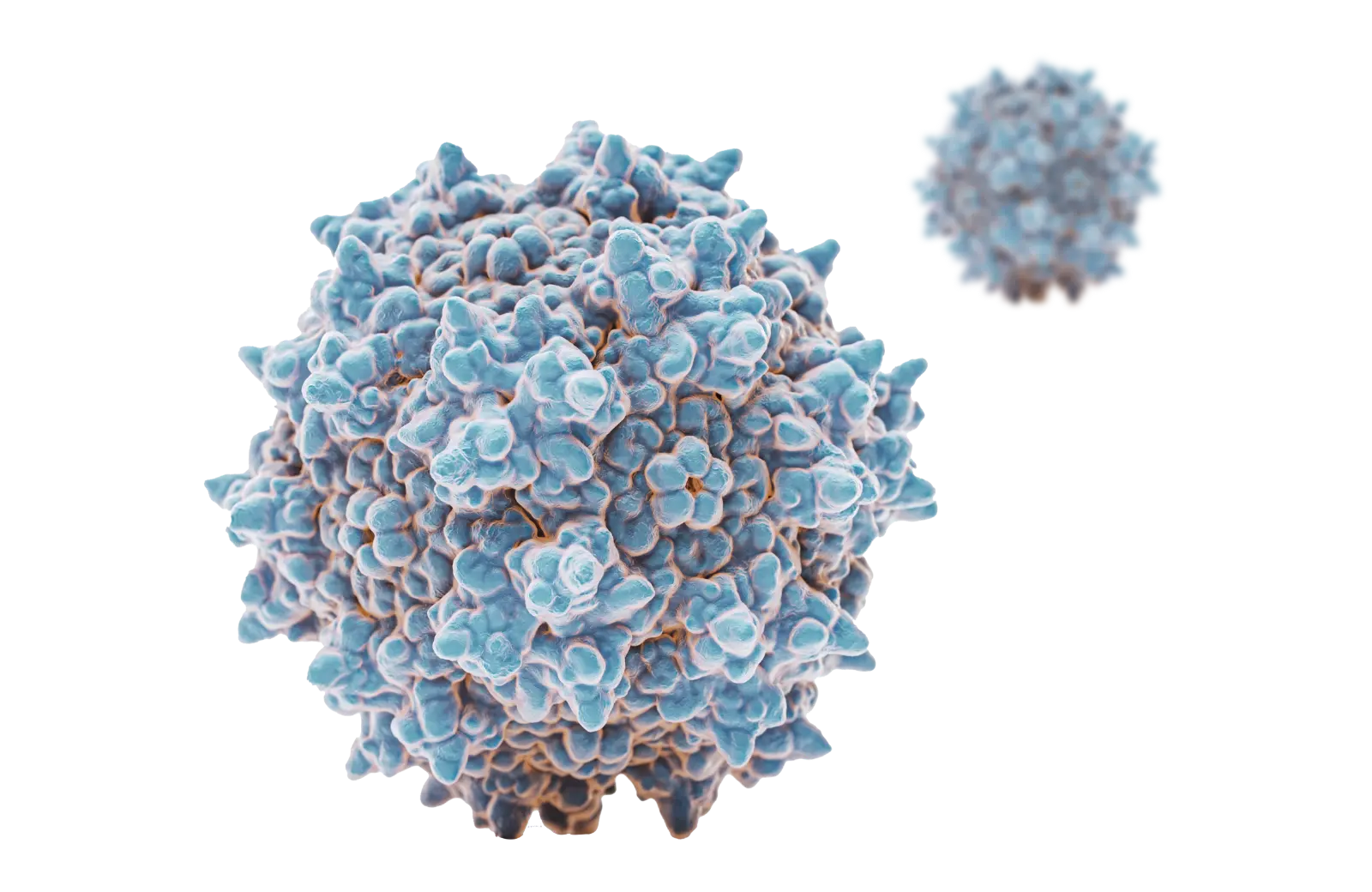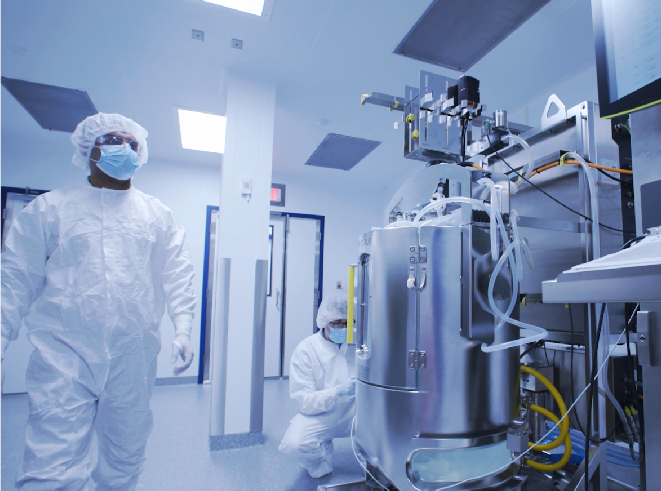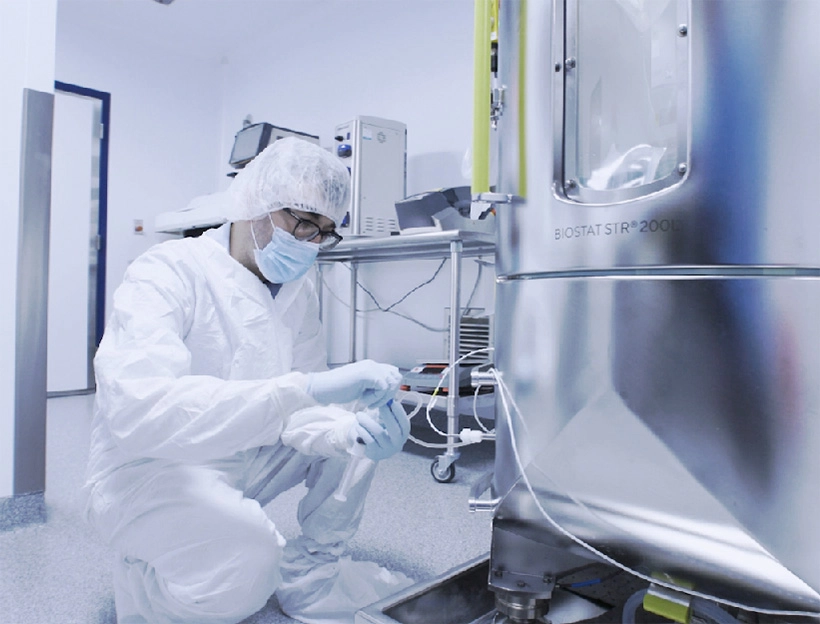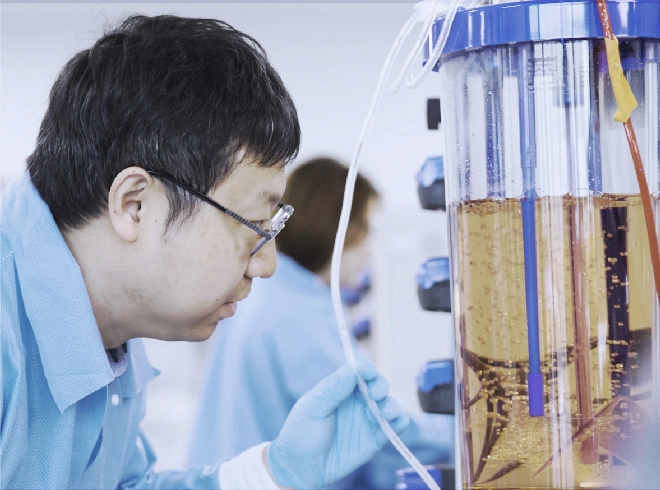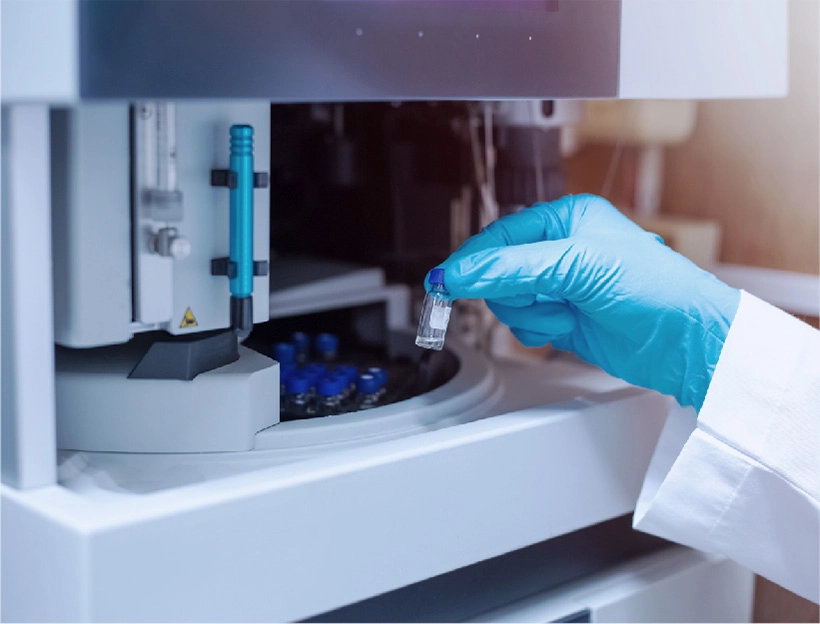Key Benefits
-
Cost effective solutions
-
Optimized platform accelerates pathway to the clinic
-
Robust tech transfer programs
-
Unmatched technical expertise
-
Robust regulatory-compliant quality systems
-
Strong clinical and commercial track record
Proven Track Records
Our GMP Facility
PackGene’s GMP facility is designed to make gene therapy more accessible and affordable for patients worldwide. Equipped with state-of-the-art multi-product production suites, our facility supports scalable production from 25L to 2,000L, offering flexible solutions tailored to the specific needs of our clients. We extensively use single-use technologies to ensure the delivery of high-quality, regulatory-compliant products, supporting partners throughout the entire development process from research to clinical manufacturing.
- 10 GMP viral vector suites · 121,000 sq ft · 25~2000L capacity
- 2 GMP plasmid suites · 30,000 sq ft · 5~400L capacity
- 60+ in-house AAV analytical methods
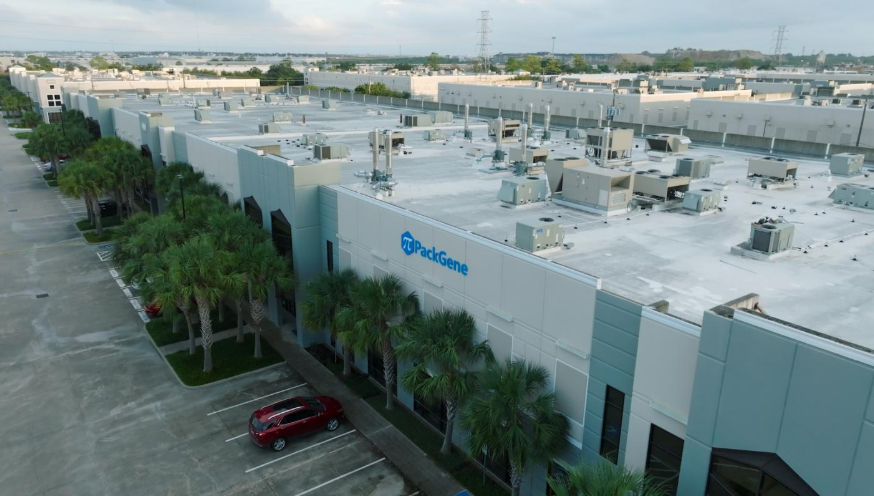
AAV One-Stop Solution
Powered by our proprietary π-Alpha 293 AAV High-Yield Platform, our streamlined process ensures rapid timelines, regulatory readiness, and cost-efficiency. We offer a comprehensive, end-to-end solutions encompassing process and assay development, IND-enabling studies, technology transfer, GMP production, and lot release. Our services also include comparability and stability testing, customized analytical development, and in-house QC panels. To further accelerate timelines and reduce costs, we provide DMF-backed, off-the-shelf RC and helper plasmids tailored for GMP manufacturing.
Our one-stop AAV GMP production solution includes:
- π-Alpha High-Yield AAV Production Platform – for superior AAV productivity across serotypes
- GMP Plasmid Manufacturing – scalable, regulatory-compliant supply of critical starting materials
- GMP Analytical QC Services – comprehensive, in-house testing to ensure quality and compliance
Aseptic Fill and Finish
PackGene offers GMP-compliant aseptic filling and packaging services for AAV gene therapy products, supporting Phase I/II/III clinical manufacturing. We accommodate a wide range of vial types and filling formats—including manual, semi-automated, and fully automated solutions—for both small and large batch sizes. Our process supports customized fill volumes, AAV titers, and vial materials, all with validated container closure integrity. Every step is rigorously documented and quality-controlled to meet FDA and EMA standards, with 3× Aseptic Process Simulations (APS) successfully completed.
Cell Banking
PackGene provides efficient, GMP-compliant cell banking solutions critical to high-quality AAV manufacturing. Our services are designed to ensure regulatory readiness, consistency, and scalability for clinical and commercial applications.
Key offerings include:
- Master and Working Cell Banking – for both adherent and suspension HEK293/293T cell lines
- High-Yield Cell Line Screening and Banking – selection, construction, and scale-up from pilot to commercial volumes
- Client-Supplied Cell Line Support – banking services for customer-provided cell lines
Our robust, traceable cell banks form a reliable foundation for the success of gene and cell therapy programs.
Resource
Related Service
REQUEST A QUOTE
Confidentiality Commitment from PackGene:
The information you submit here will be kept strictly confidential. Packgene will not disclose to any third party or related personnel, and it will only be used for project evaluation and progress reports according to the requests from submitter under confidentiality conditions.


